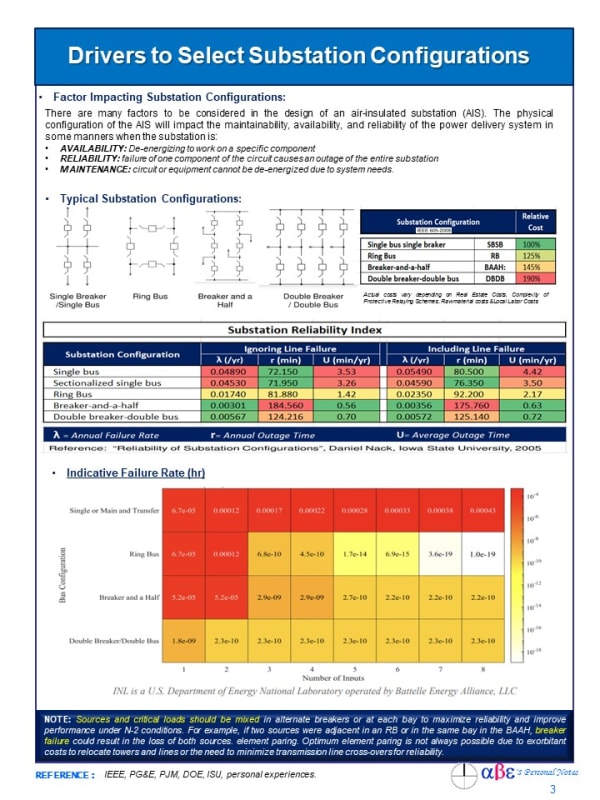rockman7892
Electrical
Looking at the attached one-line would others consider this as a ring bus, or a breaker and a half arrangement?
Although this appears to be setup line a breaker and a half seeing that this has (5) terminals between (6) breakers this would appear to be more of a ring bus configuration. To be classified as a breaker and a half I would expect to see 1.5X the number of feeders/terminals which in this case would just be (4) terminals.
It almost looks like this was originally a breaker and a half and then with a new line added to Bus 3 it became somewhat of a ring bus.
Appreciate input on how others see this.
Thanks
Although this appears to be setup line a breaker and a half seeing that this has (5) terminals between (6) breakers this would appear to be more of a ring bus configuration. To be classified as a breaker and a half I would expect to see 1.5X the number of feeders/terminals which in this case would just be (4) terminals.
It almost looks like this was originally a breaker and a half and then with a new line added to Bus 3 it became somewhat of a ring bus.
Appreciate input on how others see this.
Thanks

